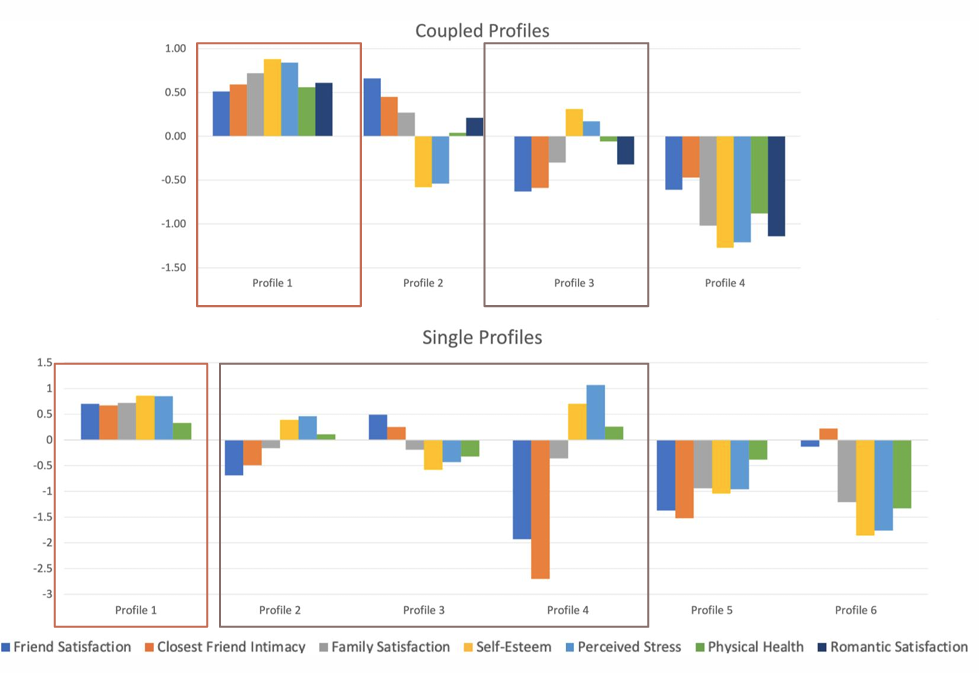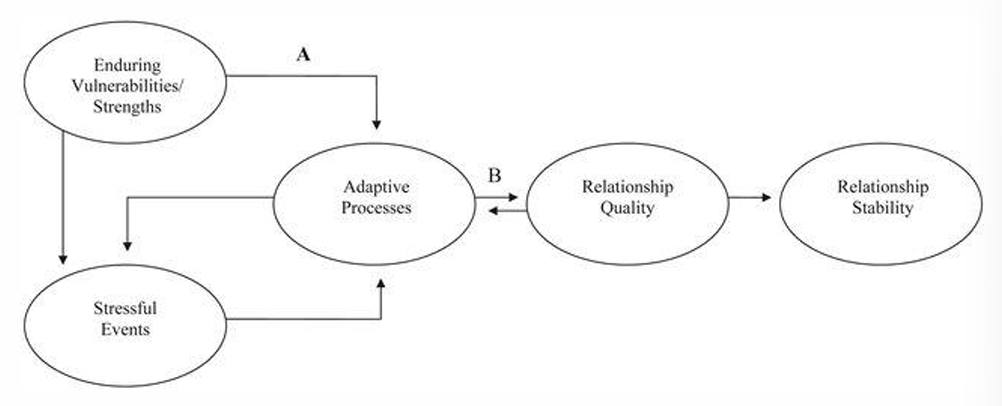Lectures 11 Relationships and Attraction
1/16
There's no tags or description
Looks like no tags are added yet.
Name | Mastery | Learn | Test | Matching | Spaced |
|---|
No study sessions yet.
17 Terms
WHY ARE RELATIONSHIPS IMPORTANT?
Need to belong: Like physical needs (food, air, water), humans have a fundamental need to connect to others.
Two parts:
1. Need frequent positive interactions with others
2. Need to form social bonds (relationships)
relationship importance
Mortality rates
Higher for divorced, unmarried, and widows
Hospital admission for psychiatric problems
Higher rates for divorced
Suicide rates
Higher for single and divorced
Evolutionary perspectives:
Relationships can increase chances of survival (safety, provision, etc.)
Look for partners who will help pass along our genes, provide for offspring
▪ Social Capital (Bordieu, 1986):
Relationships (romantic + friends, family, etc.) contribute to our networks and therefore social capital: access to resources via social connections
loneliness
The distressing experience of perceiving one’s social relationships to be less in quantity, and especially in quality, than desired.
Associated with poor health and well-being, mortality
Not determined by the size of the social network
Social surrogates: Non human connections that can stand in for human ones (e.g., fictional characters)
HOW IMPORTANT IS A ROMANTIC PARTNER TO WELL-BEING?
▪ Walsh et al. (2023) built profiles of couples and single people using measures of social and psychological well being
▪ Couple P1 and Single P1 reported similar life satisfaction, as did Couple P3 and Single P2-P4
▪ Importantly, those that reported higher life satisfaction also tended to report higher social well-being

TYPES OF RELATIONSHIPS
Exchange relationships : Relationships in which the people involved want to make sure that some sort of equity is achieved and that rewards and costs to each of the partners is fairly distributed
reciprocity
workers/supervisors
teachers and students
bureaucrats
Communal relationship : Relationships in which neither partner is keeping score, feeling that over the long haul some semblance of equity will take place
As relationships (romantic or friend) become closer and more intimate, they become more communal
cultural context of relationships
▪ Interdependent societies -More inclined to view relationships as communal
▪ Independent societies -More inclined to view relationships as exchanges
Social exchange theory
How people feel about a relationship depends on their assessments of its costs and rewards. Why are we with them????
E.g., Friend A for partying; Friend B for deep conversations.
assessment of relationships (standards)
We have standards!
Our assessment of our relationships are based on our expectations
Comparison Level : Expectations about what we think we deserve/should get out of a relationship
High comparison level = high expectations
Comparison level for alternatives: Expectations about what we think we can get out of alternative relationships
low- low standards
high- high standards
Investment Model
builds on social exchange theory, and says that commitment is related to satisfaction level, quality of alternatives, and prior investment (Rusbult, 2012)
Commitment ≠ satisfaction

Equity Theory
People are motivated to pursue fairness, or equity, in their relationships
A relationship is considered equitable when the benefits are proportionate to the effort both people put into it.
Social exchange theory → very western concept
Vulnerability Stress Adaptation Model
framework that explains how a variety of stressors and strengths combine to predict the quality of a relationship (Karney & Bradbury, 1995)
Is often used to explain marriage stability vs. divorce, but also applies to relationships that experience societal stressors

WHAT ATTRACTS US TO OTHERS? Proximity
Physical closeness.
▪ Functional distance: cross. How often people’s paths
▪ Apartment study (Festinger et al., 1950):
65% said closest friend was in the same building.
41% said closest friend lived next door
22% said closest friend lived two doors away
10% said closest friend at other end of hall
▪ What about online dating?
Proximity still matters.
Why does proximity lead to attraction
▪ More likely to come in contact
▪ Might be in proximity because of shared interests
Mere exposure effect: The tendency for novel stimuli to be liked more or rated more positively after repeated exposure.
Mita et al. (1977): Photographs vs. mirror images
WHAT ATTRACTS US TO OTHERS? Similarity
Similarity : Birds of a feather flock together.
▪ Newcomb (1961): Housing study
▪ Why is similarity important in attraction?
Less conflict, more validation ▪ What about complementarity
Matching hypothesis (opposites attract)? : The tendency to choose as partners those who are a match in attractiveness.
Huston (1973): Preference…or fear of rejection?
WHAT ATTRACTS US TO OTHERS? Reciprocal liking
Reciprocal liking who like us: We like people who like us
▪ Curtis & Miller (1986): Can lead to a self-fulfilling prophecy.
▪ Flattery: Effective even when randomly generated, but undermined if the motive is suspect.
▪ Increases in praise over time > consistently flattering
Aronson & Linder (1965): Eavesdropping study
WHAT ATTRACTS US TO OTHERS? Physical attractiveness
Physical attractiveness
▪ Higher salaries, more likely to win political races, given benefit of the doubt by teachers…
Beautiful-is-good effect: The belief that physically attractive people also have a wide range of other positive traits.
Kalick (1977): Effects of plastic surgery
Reality: Often another self-fulfilling prophecy
What do we find attractive (on average)?
Reproductive fitness: Can I pass on my genes with this person?
May be an over-generalization
Protypes: in general, people favor those who represent the “average” or typical member of a group-morphed faces to create an “average” rated as more attractive
Bilateral symmetry: Two sides of the face mirror each other.
Contrast effects: Attractiveness is relative.
Kenrick (1989) –Centerfold study